While searching to replace pyrotechnics substances that are either already forbidden or with a high risk of being forbidden in the near future, engineers found a substitute that actually extends their lifetime
Pyrotechnics initiators are used in various ways in space, including rocket ignition, safety and recovery, launcher stages and fairing separations, launcher-payload separations, releases of solar arrays, antennas, booms, covers, inflation of systems for shielding, protection and landing, propulsion system valve operations, and mechanism off-load releases. At their heart is an ‘initiating powder’ called MIRA – which is becoming a problem.

Ammonium dichromate, found within MIRA, is a substance listed in the Annex XIV of REACH. Its Sunset Date was the 21/09/2017.
A Sunset Date is “the date from which the placing on the market and the use of that substance shall be prohibited unless an exemption applies or an authorisation is granted, or an authorisation application has been submitted before the application date also specified in Annex XIV, but the Commission decision on the application for authorisation has not yet been taken”.
In addition Dibutyl Phtalate, part of the GBSe ‘booster powder’ found within pyrotechnic squibs used for instance to actuate passivation valves, is also in the REACH appendix XIV with a sunset date to 21/02/2027.
ESA has been financing activities to find a substitute to support the European space industry to cope with the obsolescence of these substances. Dassault won the Technology Research Programme (TRP) contract and successfully worked on finding an efficient replacement.
As a result ZPP initiating powder has been selected to replace the MIRA and the RDX to replace the GBSe.

New pyrotechnics initiators to fly onboard the JUICE mission
Start of test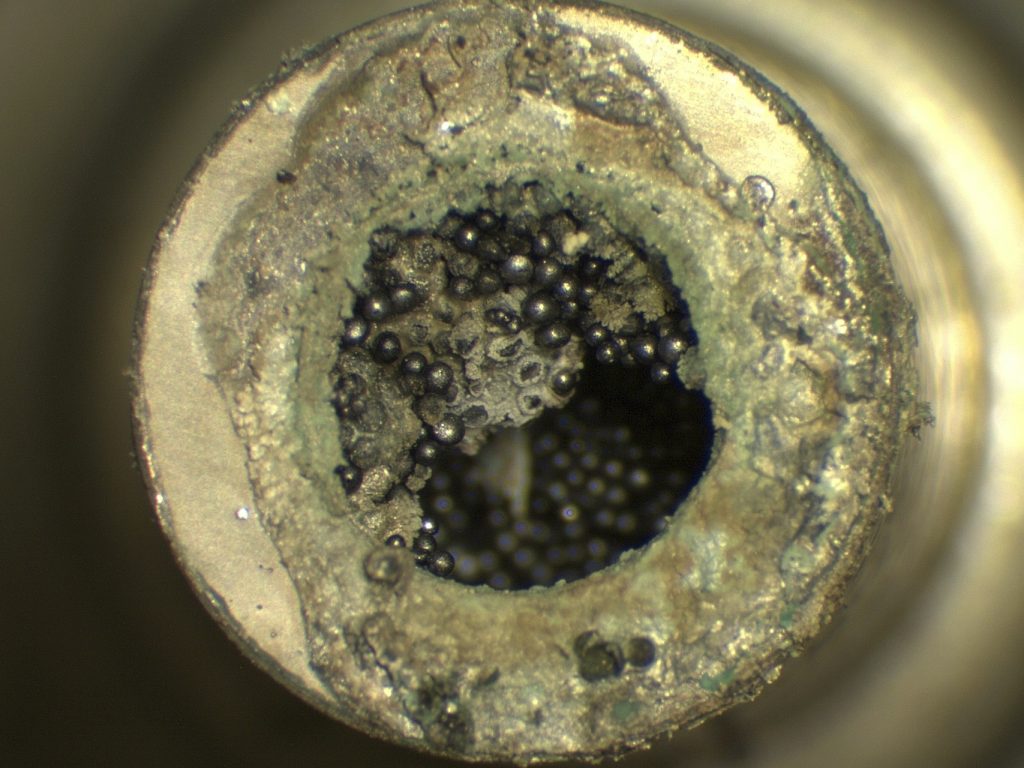
New pyrotechnics initiators to fly onboard the JUICE mission
End of test
An extension to the TRP contract took place in 2019 to verify that the squibs keep the same performance after environmental tests (simulating climatic and mechanical loads). This was the final step of the activity which ended mid-2019.
JUICE had been paying close attention to these ongoing activities to replace the pyrotechnic initiators and jumped on board in 2018 to help finalising the researches.
Dassault ran most tests in its facilities except for the radiation tests, which were carried out by radiation experts in the Commissariat à l’énergie atomique et aux énergies alternatives (CEA).
Very demanding aging and radiation tests were performed to demonstrate the lifetime performance of these pyros. Current squibs demonstrated a significant degradation while the new squibs remained almost insensitive.

For the climatic test, the squibs have been equipped with their safety caps and their connector protection caps:

For the vibration tests, they were mounted on the vibration representative interface pad.
All tests were successfully passed by the new squibs and therefore they were qualified.
“Two families of squibs have been modified to be REACH compliant extending their lifetime to at least 20 years in space!” says Massimo Palladino, mechanisms system engineer at ESA. “For comparison, their obsolete counterparts have an average life time of eight years in space. This is 12 years less than the new, REACH compliant, versions!”
JUpiter ICy moons Explorer (JUICE) is the first large-class mission in ESA’s Cosmic Vision 2015-2025 programme. Planned for launch in 2022 and arrival at Jupiter in 2029, it will spend at least three years making detailed observations of the giant gaseous planet Jupiter and three of its largest moons, Ganymede, Callisto and Europa.
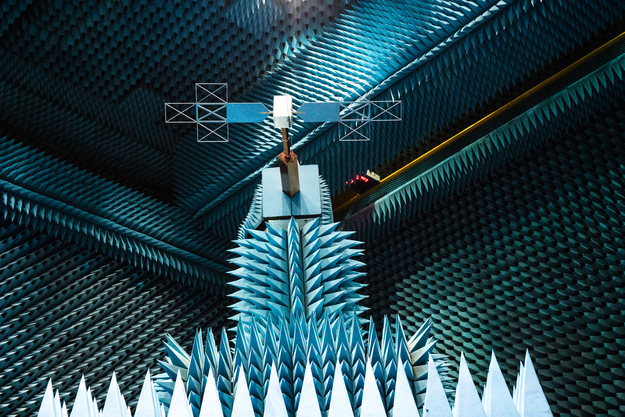
The results are so good that the new pyrotechnic initiator will fly onboard the JUICE mission. This will most probably be the first ESA mission flying them. Of course other applications are related to the passivation at end of life in the frame of the Clean Space programme.
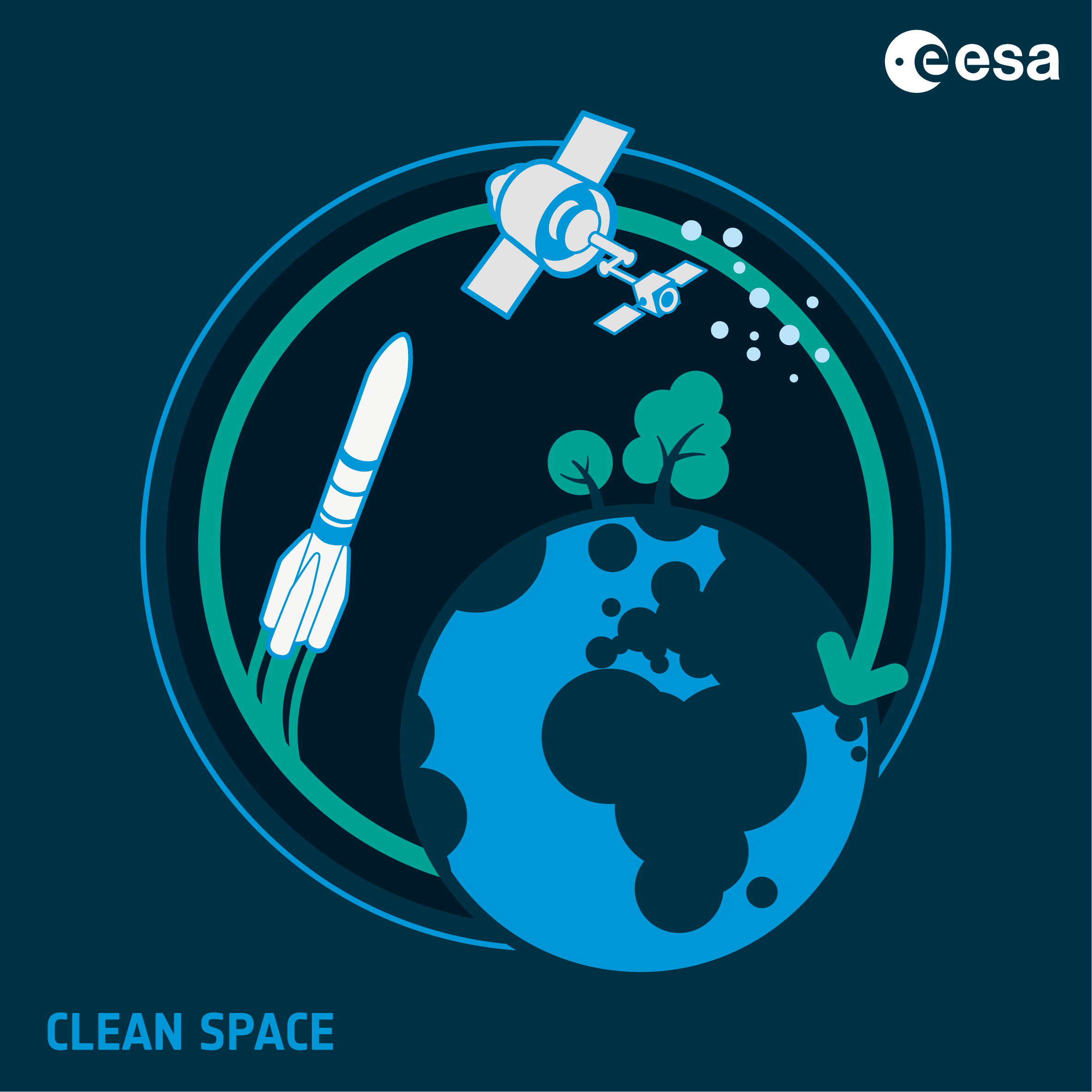

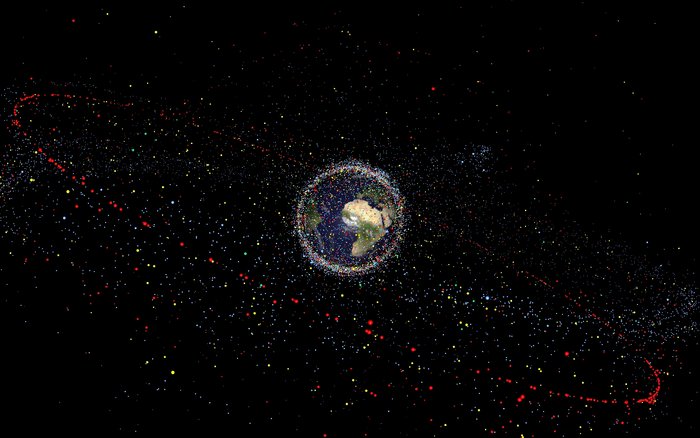
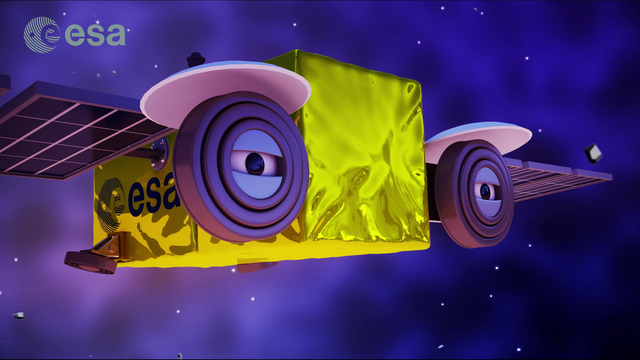
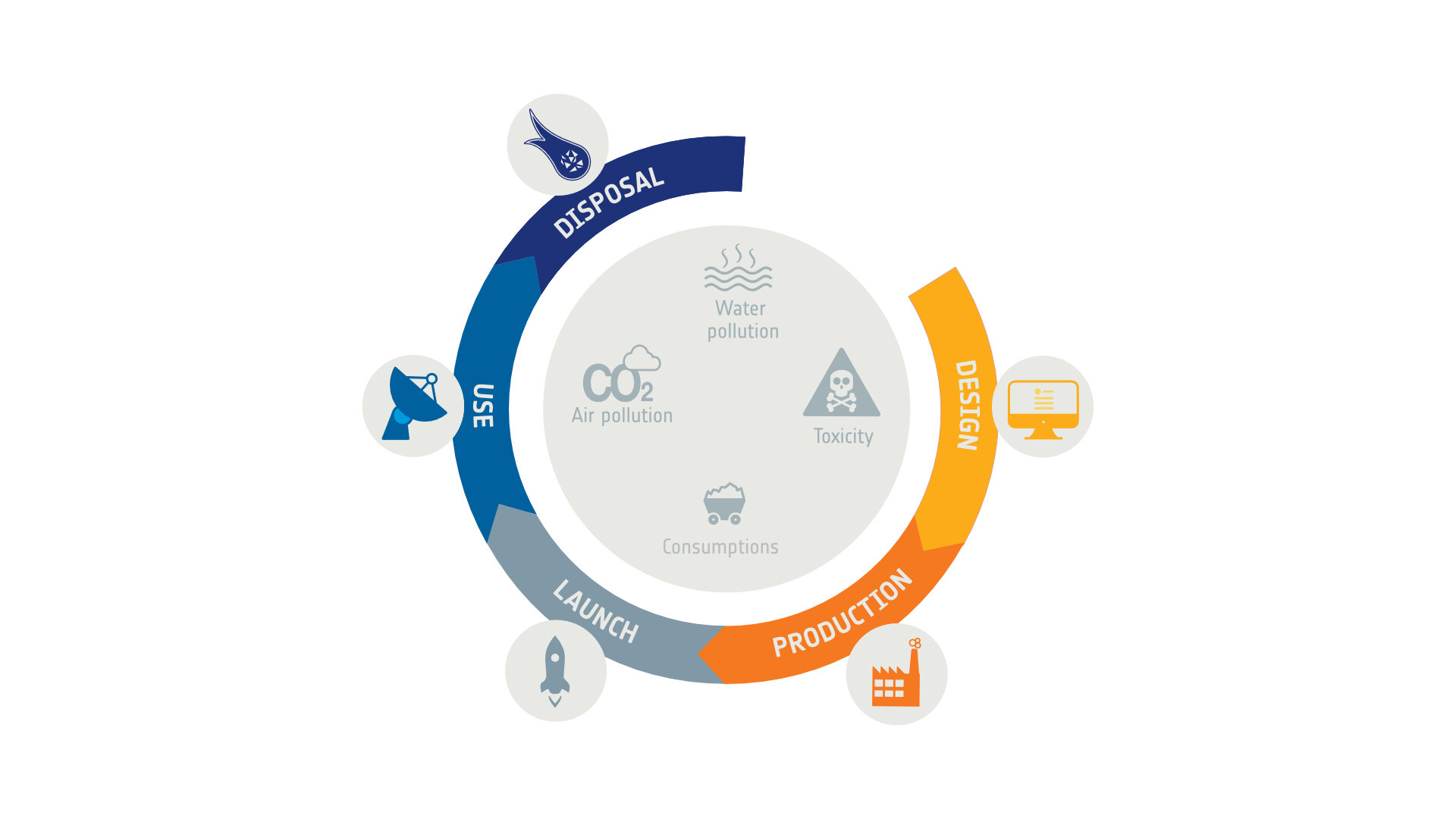
Discussion: no comments